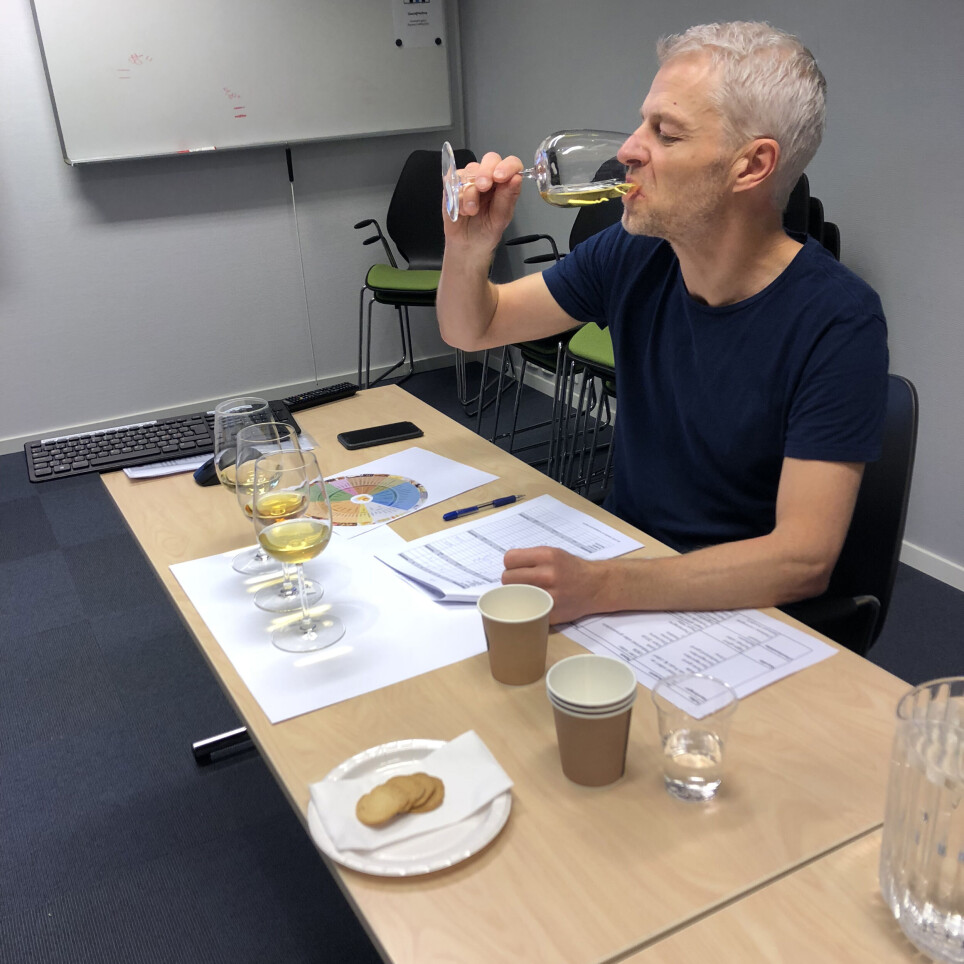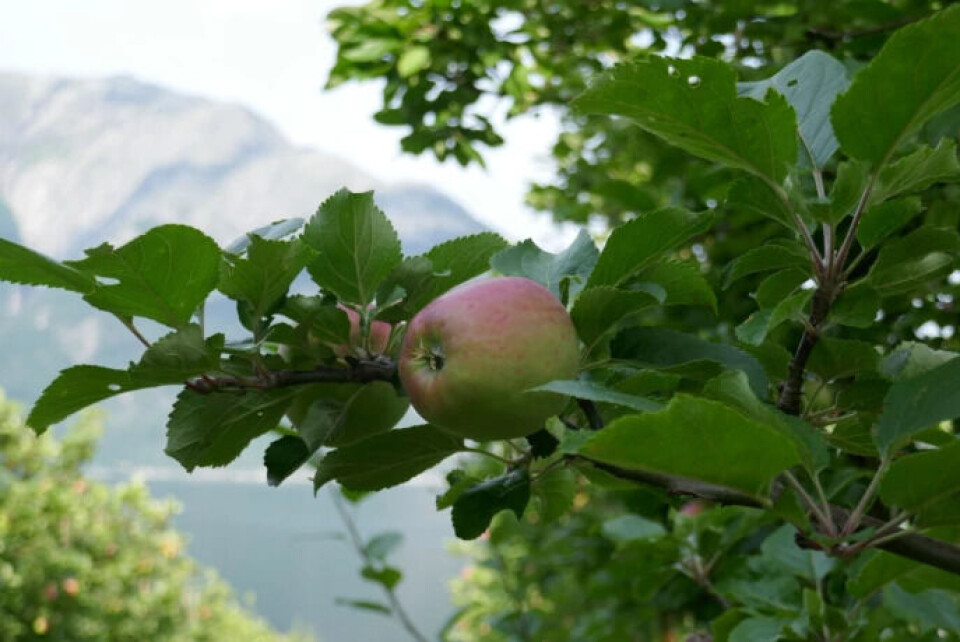THIS ARTICLE/PRESS RELEASE IS PAID FOR AND PRESENTED BY Nofima The Norwegian Institute of Food, Fisheries and Aquaculture Research - read more

A sensory panel is mapping the flavour of Norwegian ciders
Norwegian cider production has experienced tremendous development. The quality is high and the diversity of flavour is large, according to Nofima's sensory panel.
Nofima’s sensory panel evaluated a total of 25 Norwegian ciders. 14 from Hardanger and 11 from other regions of the country.
“Naturally, the variety of apple affects the flavour. For example, the tasters found that cider made from the apple variety Discovery has a sweet taste and roasted, slightly nutty and caramel-like flavour," sensory analyst Mats Carlehøg says.
Several factors affect flavour
He continues to explain that cider made from the apple variety Aroma are often acidic and fresh, fruity, green and with notes of minerals, while the apple variety Gravenstein produces more acidic cider.
Carlehøg explains that there are several factors affecting the flavour, such as the fermentation process, the amount of added sugar and whether other raw materials have been added. Both hops and berries have become quite common additives.
“Apple cider with added hops produces more complex and more full-bodied flavours, while apple cider with added berries results in sparkling rosé varieties,” he says.

Norwegian sparkling cider is becoming increasingly popular
Interest and development in Norwegian cider is great. Many of the fruit producers that surround the Hardangerfjord have concentrated all their efforts on cider production after the farms were permitted to sell their cider directly from farms in 2016.
A lot of cider is sold directly from the farms. In addition, the increase in cider sales in the hotel and catering market and at Vinmonopolet has been enormous. Vinmonopolet is a government-owned retailer of alcoholic beverages.
Over the last five years, sales at Vinmonopolet have almost quadrupled. In 2021, they sold 286,000 litres of Norwegian cider and 87,000 litres of foreign cider. Most of the Norwegian cider came from Hardanger.

Must meet flavour expectations
It is crucial for producers to meet customers’ expectations when it comes to cider flavour. They must be able to recognise different flavours and identify taste characteristics.
In 2023, a Norwegian research project on cider will start. The goal is to give both producers and customers more knowledge about the flavour and use of Norwegian cider.
“Scientists and cider producers will work together to develop a language tool, including a so-called aroma wheel, that makes it easier to choose Norwegian cider as a supplement to other alcoholic beverages,” Margrethe Hersleth, Research Director at Nofima, says.
She will participate in the project together with Mats Carlehøg and other Nofima experts.
Flavour also plays a key role in the Uncorking Rural Heritage project, an ongoing EEA project in which Hardanger Siderproducerlag participates. It is in this context that Nofima’s sensory panel has evaluated Norwegian ciders.
What is an aroma wheel?
An aroma wheel for cider will describe sensory characteristics related to apple variety, cultivation region, production method and yeast type.
It will facilitate the communication and recognition of flavours so that it will be easier to differentiate the ciders to match different food dishes and occasions.

This article/press release is paid for and presented by Nofima The Norwegian Institute of Food, Fisheries and Aquaculture Research
This content is created by Nofima's communication staff, who use this platform to communicate science and share results from research with the public. Nofima is one of more than 80 owners of ScienceNorway.no. Read more here.
See more content from Nofima:
-
Red algae grown in wastewater from fish-farming facilities could become sustainable salmon feed
-
Pumpkins are good for more than just Halloween decorations
-
This is how temperature affects a salmon's health and growth
-
Study: Omega-3 and zinc is a powerful duo for salmon
-
Fish may turn yellow if frozen too fresh
-
Is it better if food is packaged in plastic or paperboard?





































